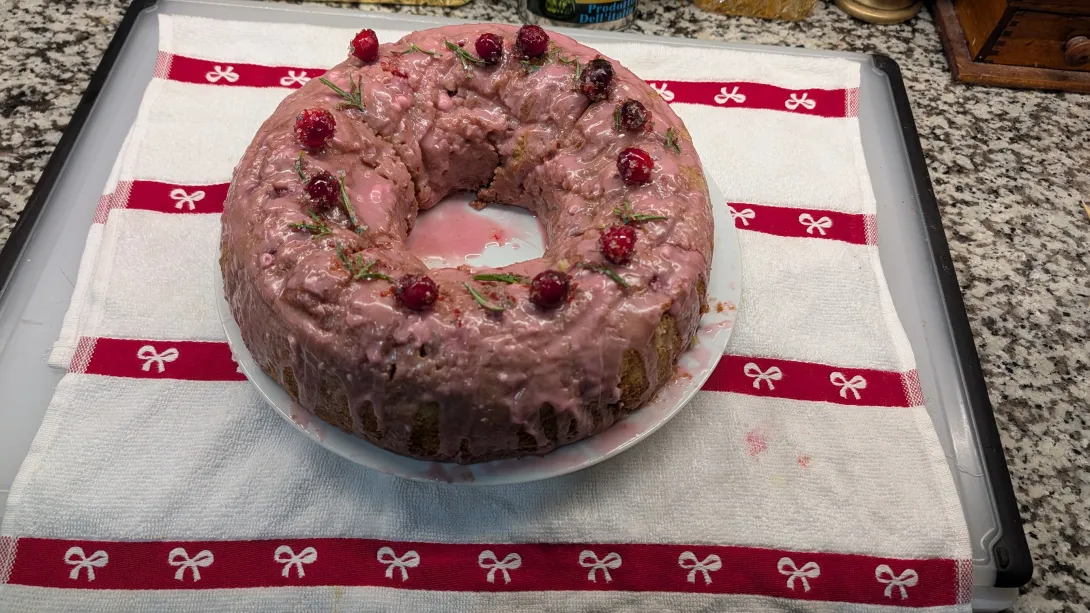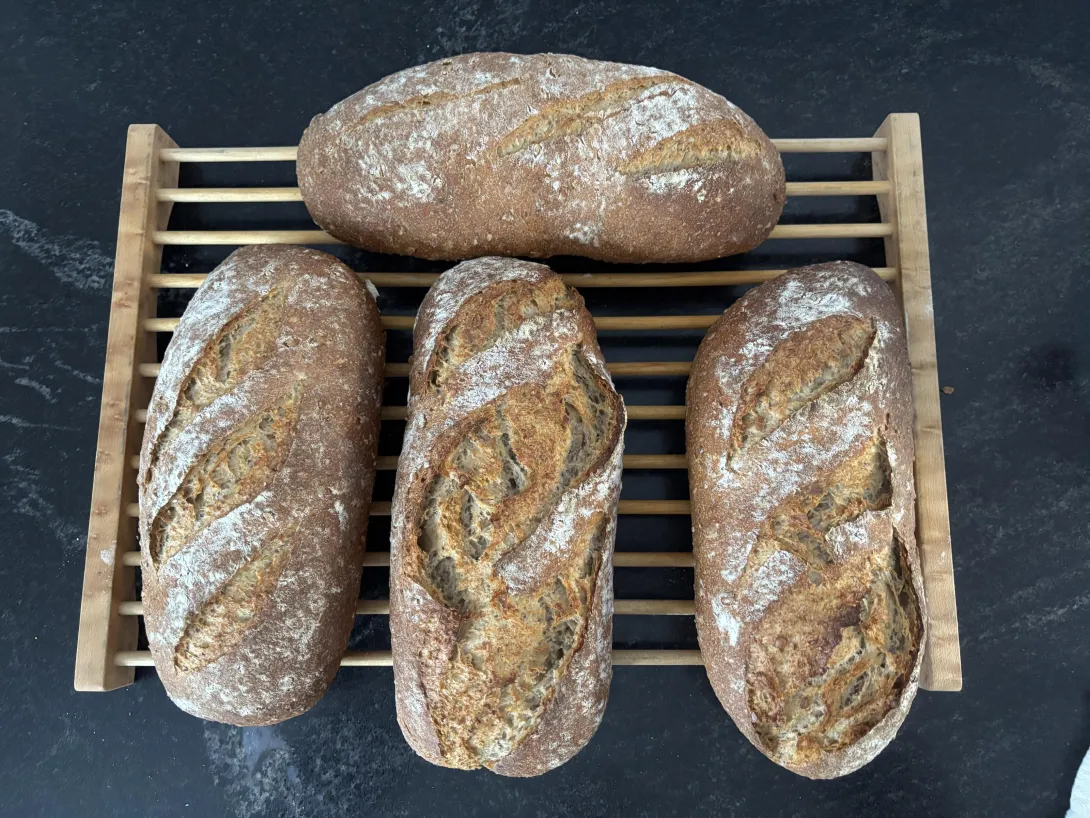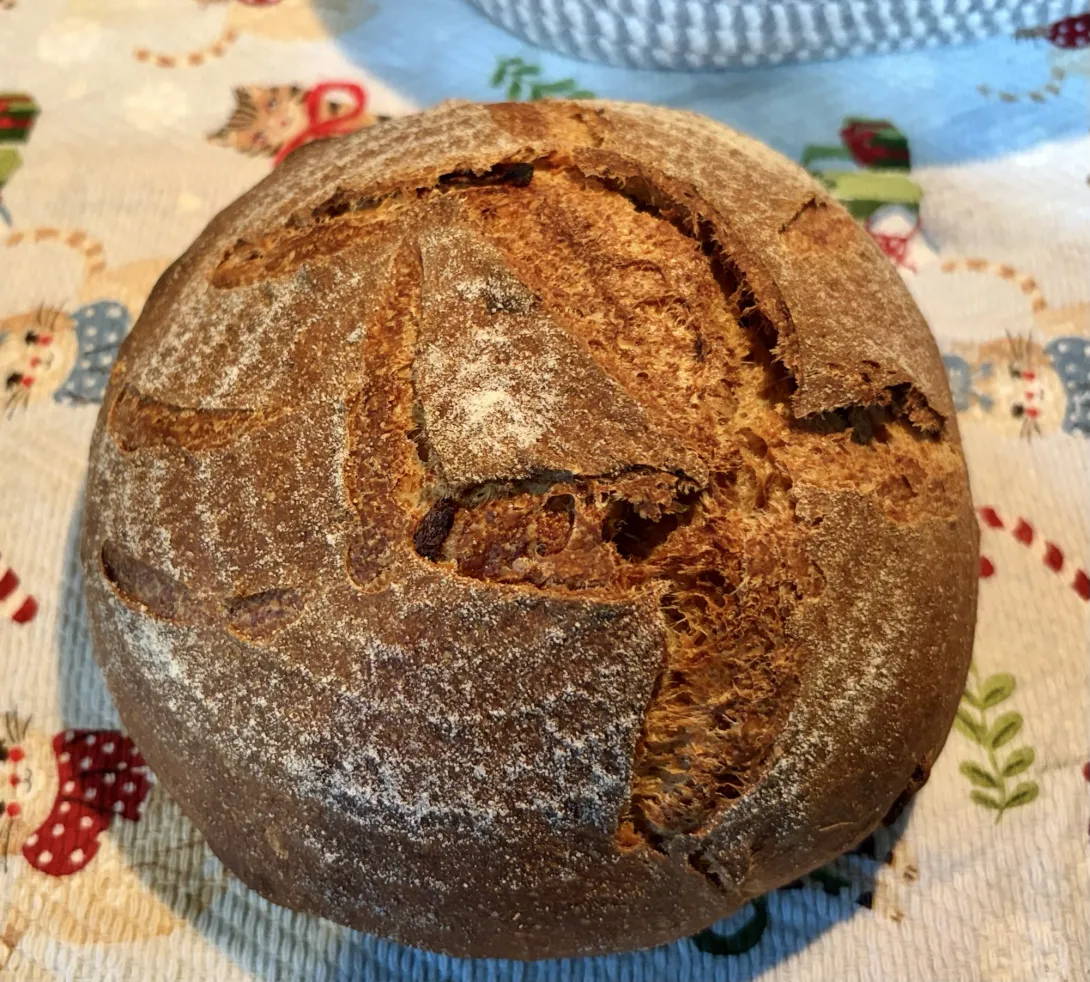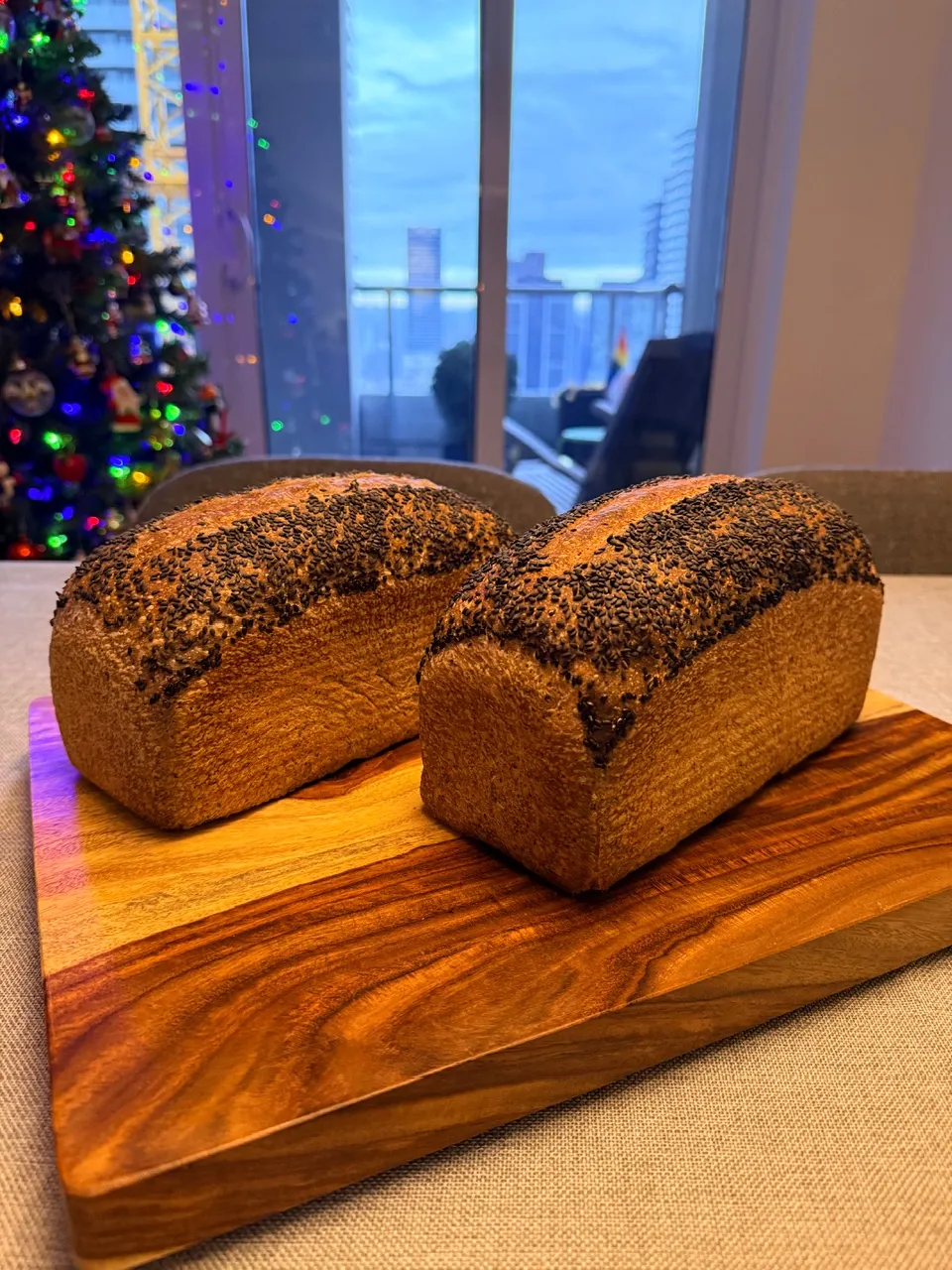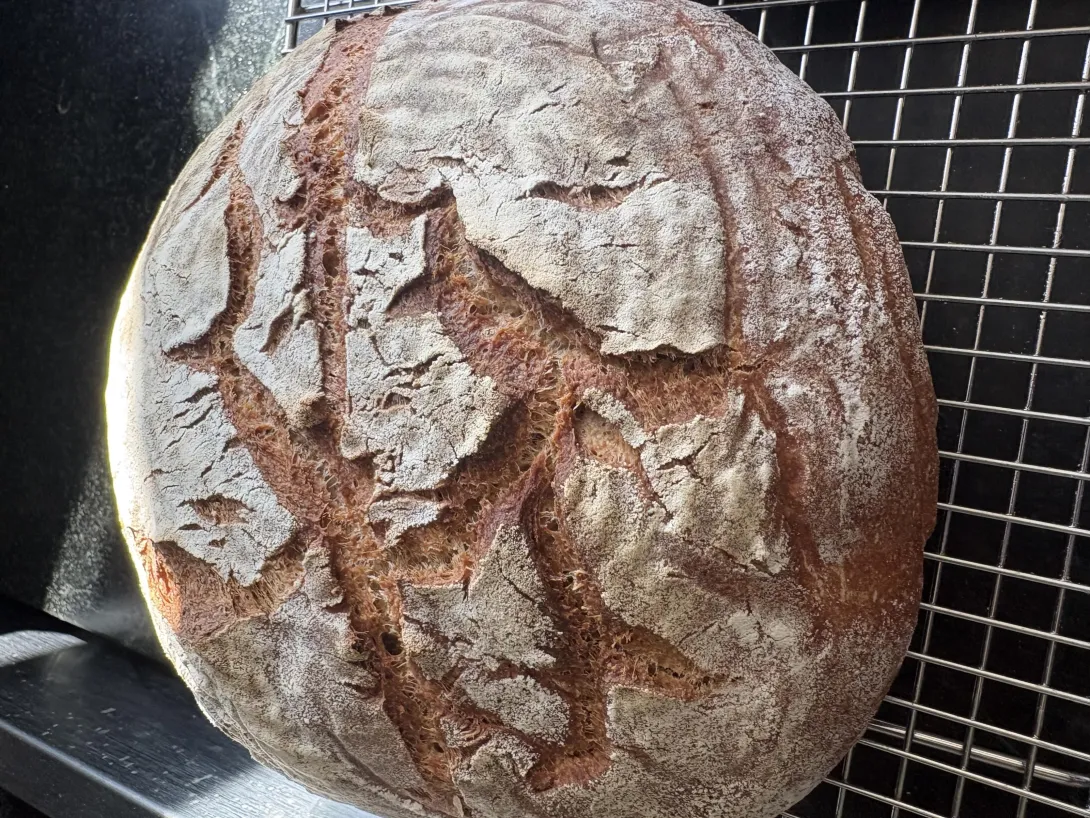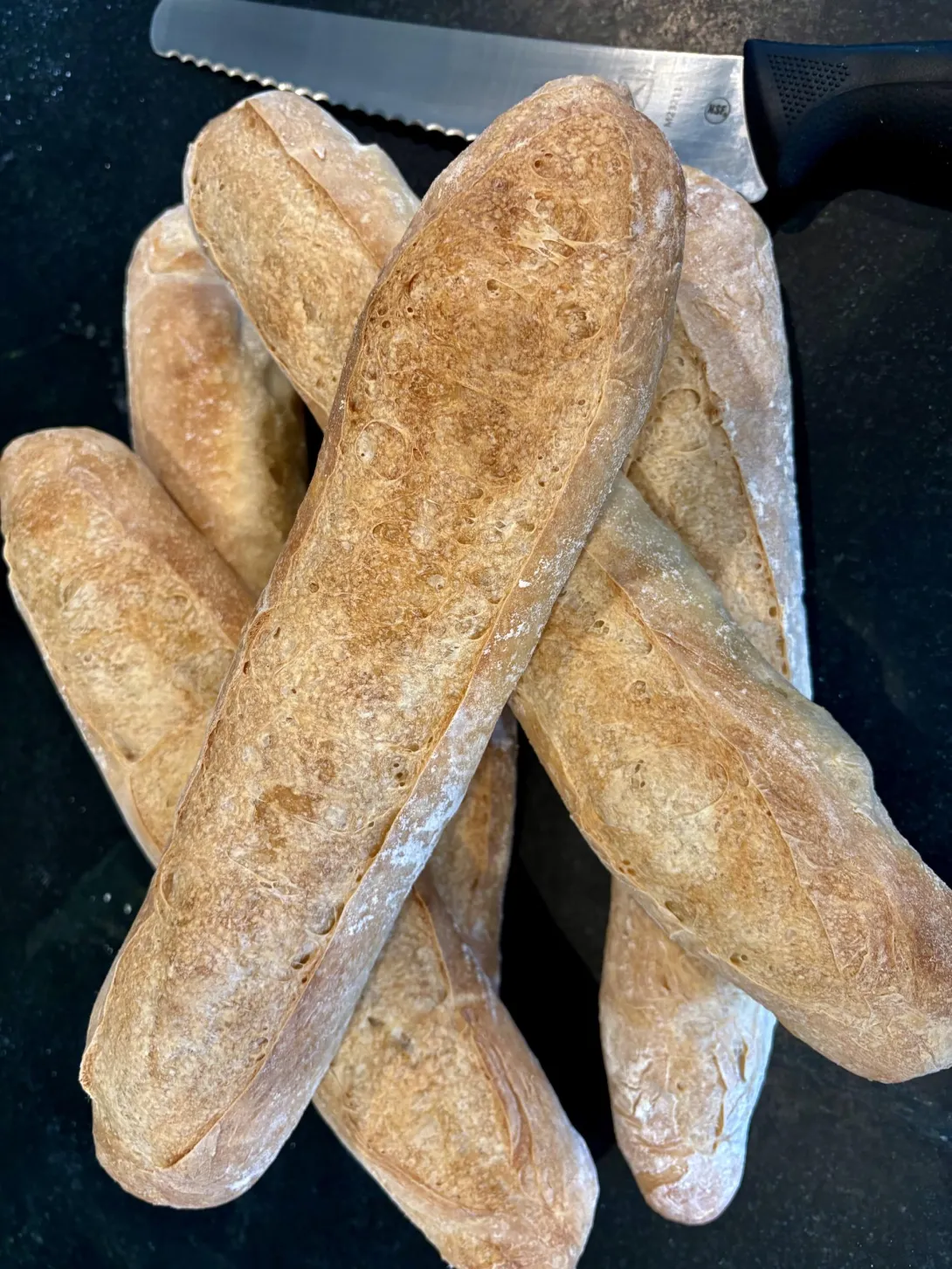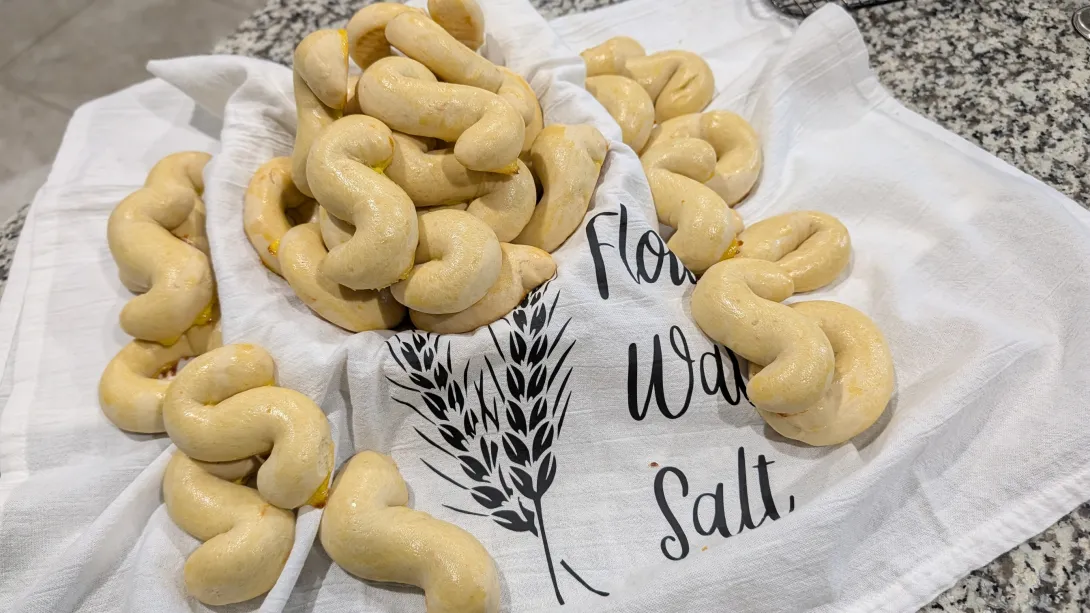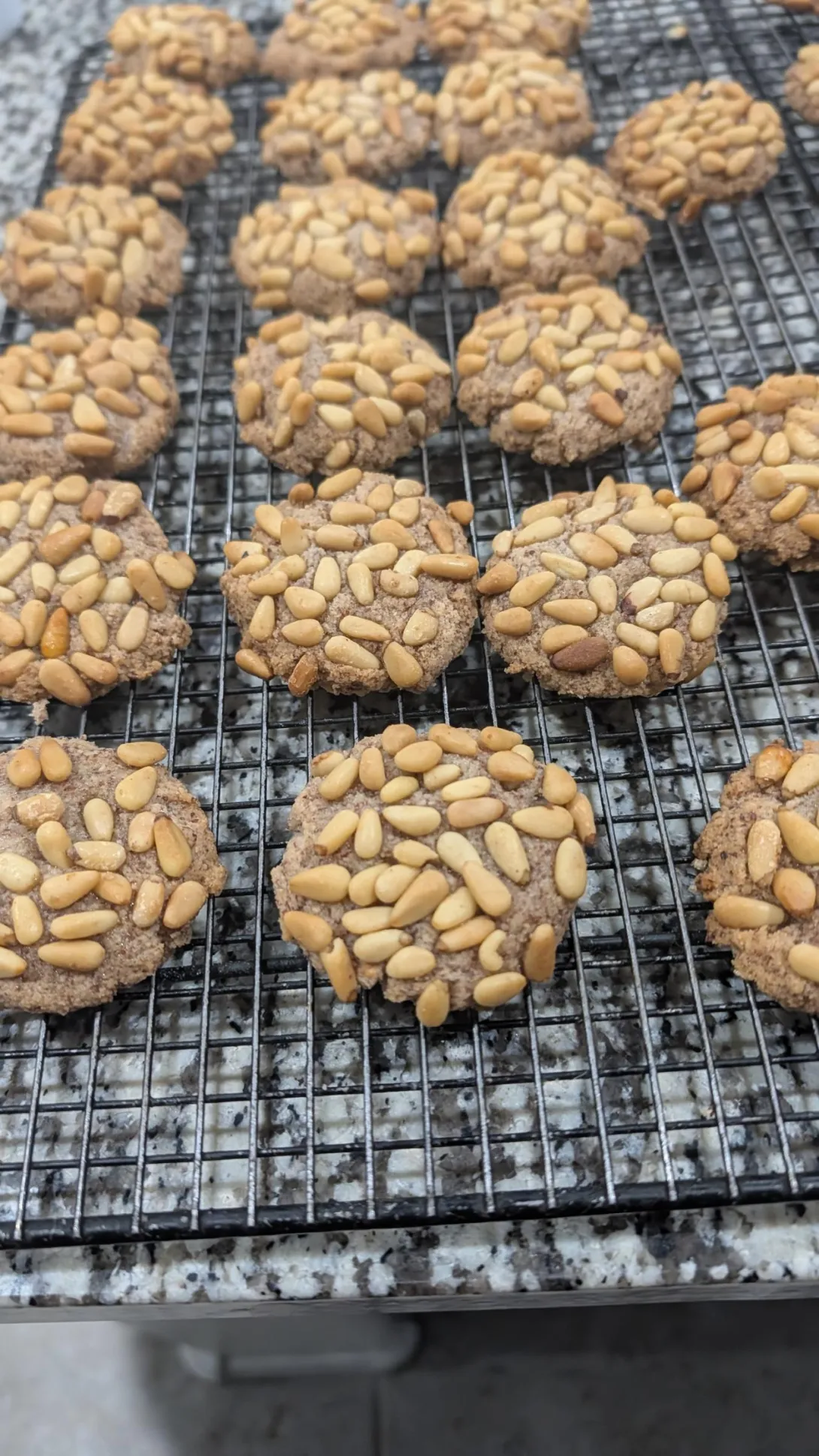For today's exercise... Almond cookies, Italian chocolate cheesecake.

For today's exercise, I reconstituted 4 powered egg whites, and one half cup of heavy cream powder. Look for the finished products later. I always allow the reconstituted ingredients time to rest and fully incorporate.
Why use the dry?
1. I don't always have heavy cream on hand
2. No left over yokes to use.
- Log in or register to post comments
- 10 comments
- View post
- The Roadside Pie King's Blog
